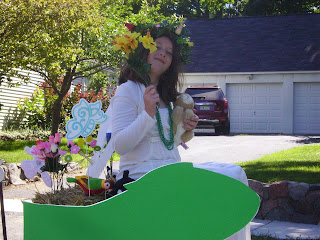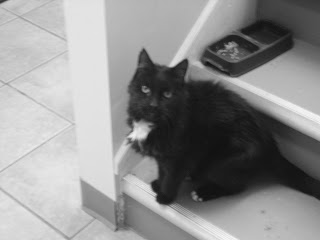
Michigan is my home state. However, half my family hailed from a small town in western Arkansas, just on the edge of the Ozark Mountains. Every summer we visited. It was a wild place, a kids dream. Thick woods, horses, goats, cows, snakes and wily farm dogs that roamed freely as there were no neighbors for at least a mile in all directions. It was a wonderful place to play and explore. The only hitch to outdoor exploration was the preparation. The bug spray, long pants and long sleeve shirts my mother, a native of Michigan, insisted we wear. In her estimation, Arkansas was a tropical parasite and insect laden, poisonous spider and snake infested waste land.
The perimeter of the farm house yard was treated with chemicals to prevent the encroachment of these pests and dogs were regularly doused with flea powder. But there were still ‘bugs’. The parasites and other threats were very egalitarian dog, cat, kid, it did not matter. I recall a few episodes of chigger infestation that led to itchy, sleepless nights.
Back in Michigan no one knew what a tick or chigger was and fleas were an infrequent bother. As time has passed, we traveled more, our pets accompanied us more often, and our winters have become warmer, and the pests that were isolated down south have crossed our borders. Recently, the whole of the Journal of Veterinary Emergency and Critical Care was devoted to emerging infectious diseases. I was struck by how many of these increasingly more common diseases were spread by fleas and ticks. Many of these diseases are zoonotic diseases, that means that they are diseases that can also infect people as well as their pets.
Over the past two summers, as we have been developing our general medicine and surgical service, VCS Pets First, I have struggled with counseling people about flea and tick control. I advocate the judicious use of all medications, including flea and tick medications, and trying to achieve a balance between chemical use and adequate protection is a challenge. Our office recommends separating flea and tick medications from the heartworm prevention since there is no need for a flea control product, in most cases, from December to May. So, initially we offered a product that killed fleas and ticks for the spring and summer seasons, and then a separate year round heartworm preventative. However, I now feel we need to consider the risks carried by being bit by these parasites. Most flea and tick products act by killing the parasite after it has bit your pet. This is not very helpful if you want avoid the infectious diseases that are acquired by being bit or if the pet is allergic to fleas and their bite triggers allergic responses.
This spring we changed our recommendations to a product called Advantix made by Bayer. It is topical, once monthly, it repels fleas, ticks and biting flies and is well tolerated. There is also a similar product that we suggest for cats and it does have a heartworm preventative, since cats that go outside should be protected from fleas, ticks and heartworm from April to November.
The choice of which product to recommend is not an easy one and it actually is not a decision that you or I should take lightly. Not all flea and tick products are of the same quality, consistence, or efficacy. Recently I have had a few pets presented through the emergency service that have had serious reactions to topical, inexpensive, flea products they purchased at the pet store or grocery store. Their choice was driven by the low cost and the claims that they did everything the more expensive product did. Here is how the ‘grocery store alternatives’ vary from the veterinary recommended products:
1. The chemical/drug being used – the cheap stuff has old school pharmaceuticals, they are strong and they have a small margin of safety, that means the dose that is therapeutic can also be toxic in more animals than a product with a higher margin of safety. These drugs also have more potential side effects. This is exactly why the other products have been formulated, to create a product that is more safe and effective.
2. Topical flea and tick control products are not as tightly regulated as other medications. It is up to the companies to make the effort to provide the safe products. The companies that are true pharmaceutical organizations, that have ties to veterinary medicine and a reputation to maintain go the extra step to be sure that their product is safe and adequately labeled so that professionals, ie. veterinarians, will support their products.
3. Higher grade chemicals, more research, accurate and complete labeling, all these things result in a safer, more reliable, product.
Keep this in mind when you are making choices regarding flea and tick control: The skin is the largest organ system in (or on) our body. Even if these chemicals remain solely distributed in the skin, they are affecting our pets whole body by affecting a major organ system. Be careful, choose wisely.
Read more...
















































